Learning about life cycles helps young children understand the world around them. Students are able to make connections between plants or animals that they know and are fascinated by, and the scientific processes those living things undergo. One of my favorite activities each year in kindergarten was learning about the butterfly life cycle every spring. We ordered our caterpillars and observed the changes as they formed a chrysalis and emerged as beautiful butterflies!
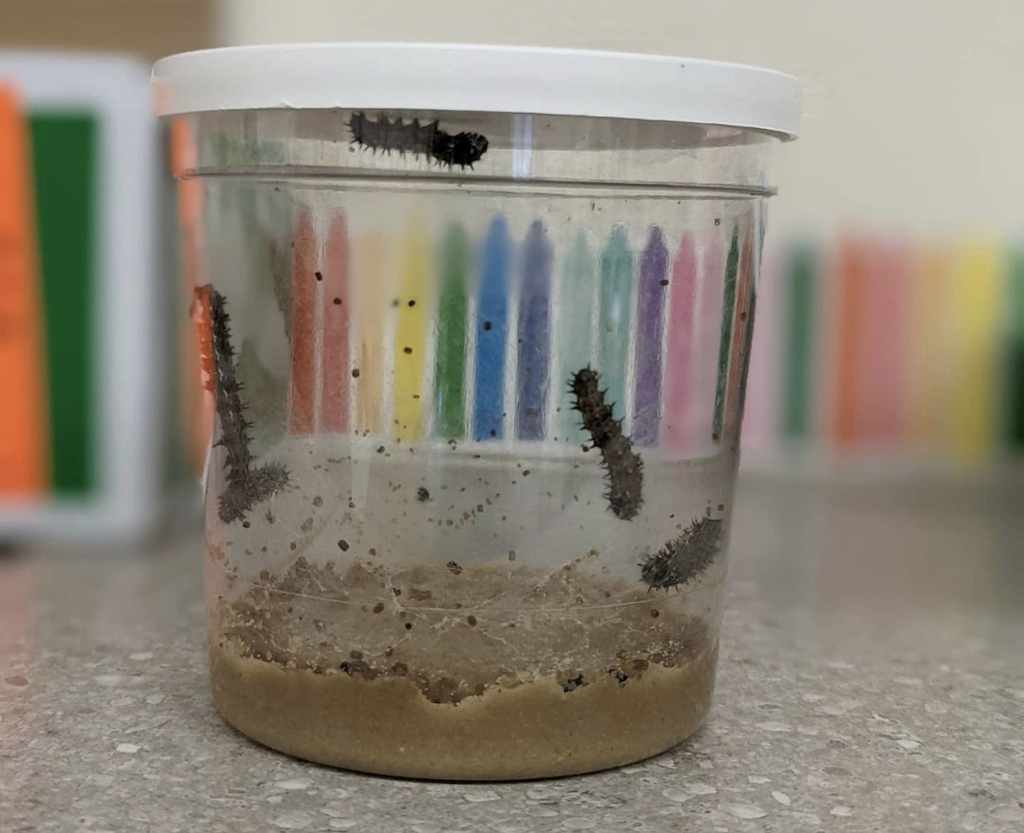
WriteReader to Share What They Know
WriteReader is the perfect tool to allow students to journal, or write about what they learned while studying life cycles. Using the image bank, I was able to easily create this Butterfly Life Cycle book template. The template provides support and guidance for the students by providing them with photos of each stage, and audio feedback that they can listen to to help prompt their writing about each stage.

Students completed the writing prompt on each page with what they learned about the butterfly life cycle. The images helped to guide their thinking and focus their writing, like in this example from Sloan, a 1st grader.
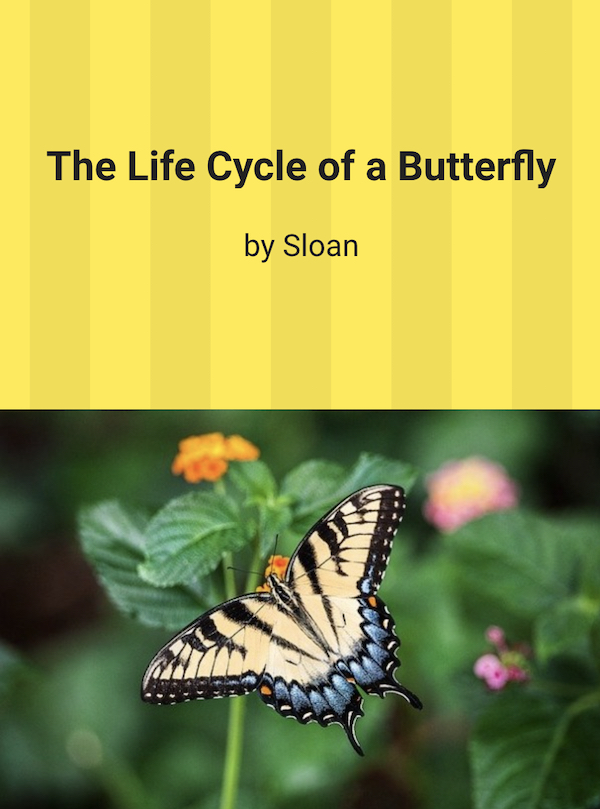
WriteReader Image Bank and Search Tool
Teachers or students can use the image bank for more photographs that pair well with life cycle writing. For the image bank below students can find life cycle images for a tree (chestnut), a bird (hen), a toad (frog) and an insect (butterfly).
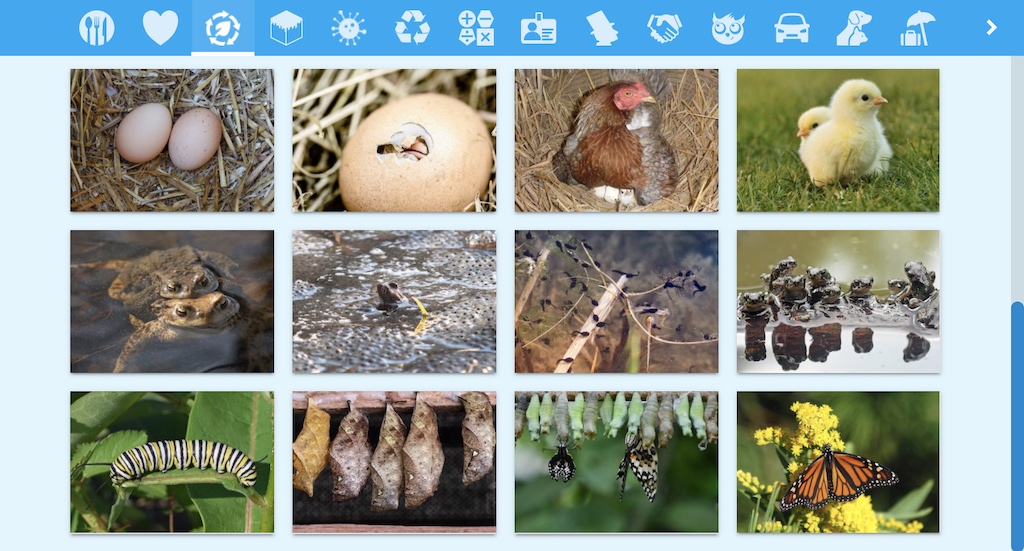
The image search feature is also helpful, and allows students to search for filtered, copyright free images to use in their books or for teachers to use in templates.
Students could write about any number of animals, plants or insects including butterflies, frogs, ladybugs, trees or flowers and find plenty of inspiration in the WriteReader images. They can also easily capture their own photos or upload from their devices. If you are observing baby chicks, froglets or caterpillars in your classroom, students could use the embedded camera tool to insert photos of these real life animals into their books.
Fact Books
In addition to writing about plant or animal life cycles, you may also want your students to create books of facts about the living things you have been studying. In these books written by kindergartners, students were provided a very basic template where each page provided a prompt: “Butterflies can …”, “Butterflies have …” and “Butterflies are…”.
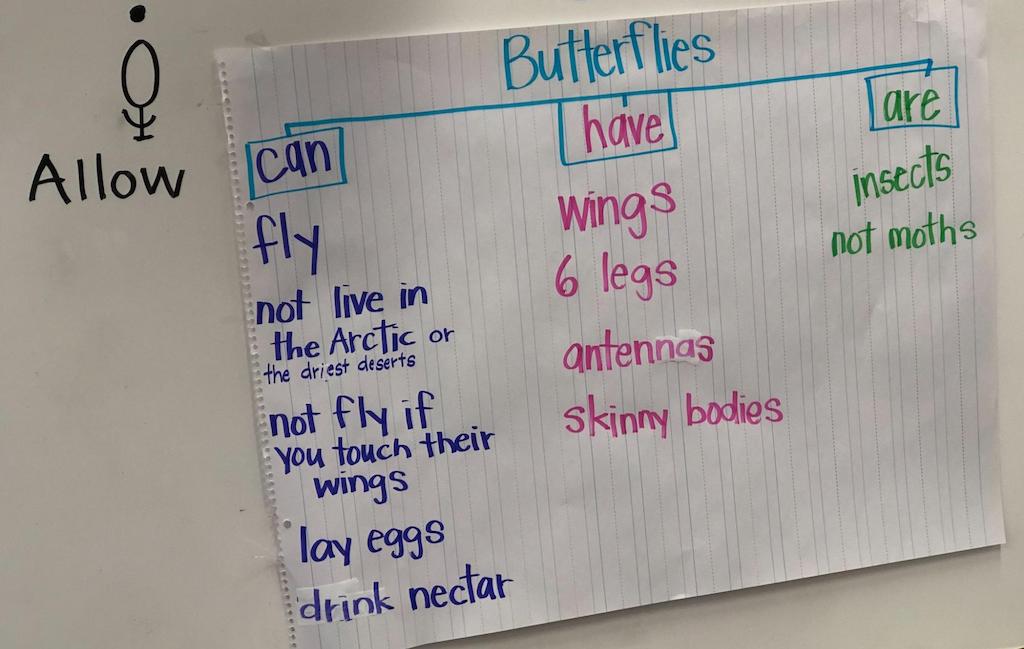
Students completed the sentences with facts they have learned and added in their own images. The last page is open ended, for students to share their favorite thing learned about butterflies.
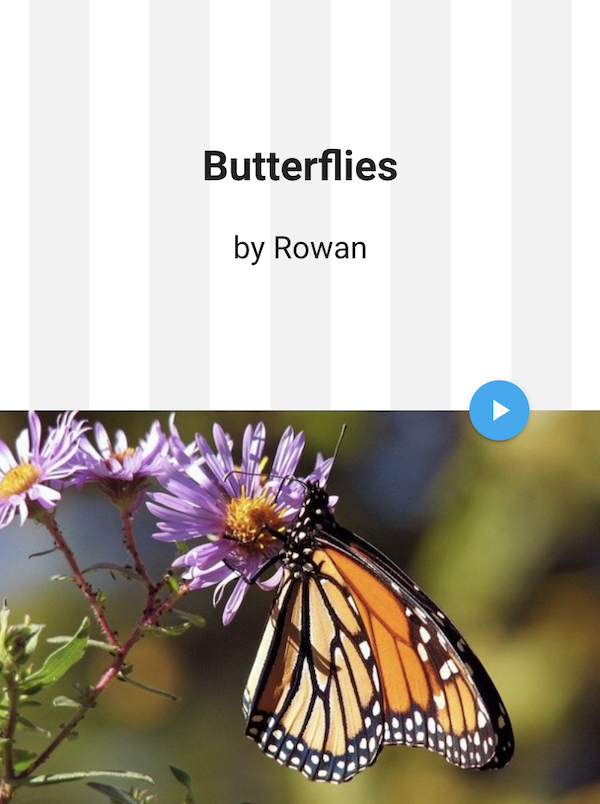
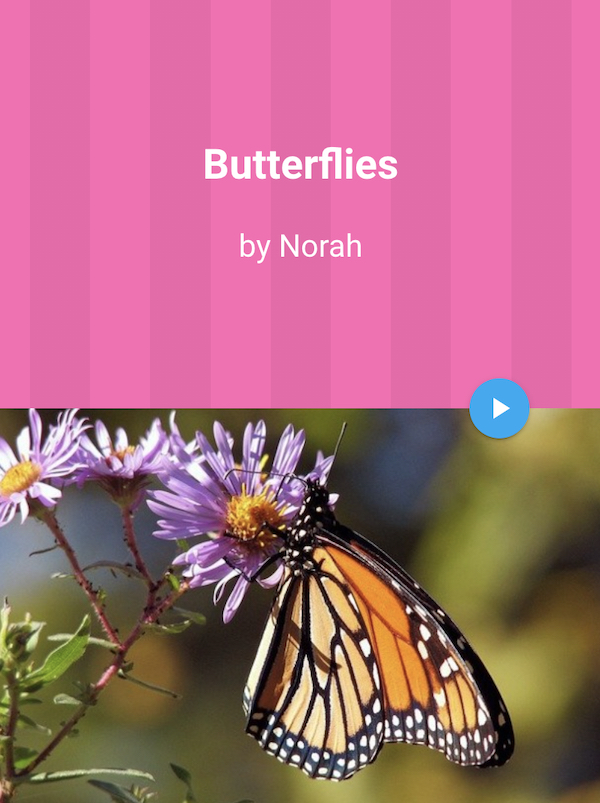
Aligned to Standards
The interdisciplinary nature of book creation lends itself well to standards alignment across subject areas. Creating life cycle and fact books in WriteReader aligns with many writing and science standards, including but not limited to:
Kindergarten: K-LS1-1, W.K.2, W.K.7
1st Grade: 1-LS1-2, W.1.2, W.1.7
2nd Grade: 2-LS4-1, W.2.7, W.2.8
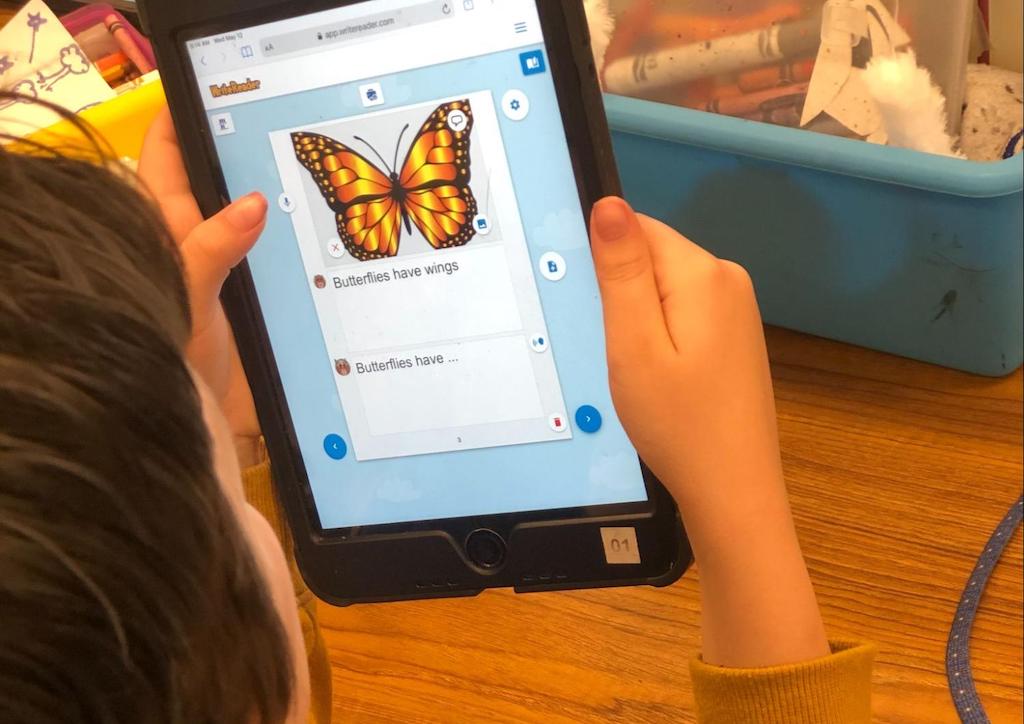
We hope your students will love using WriteReader to share all that they are learning about nature and life cycles!
